The star-studded 2024 Chigiana International Festival in Siena stayed true to its century-old international traditions, finds Rita Fernandes
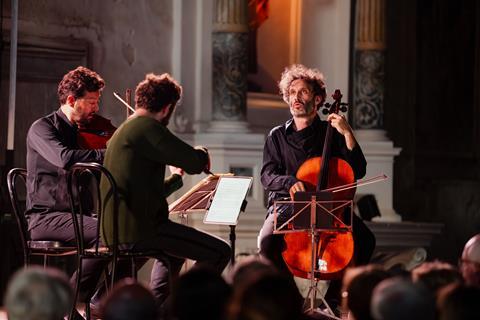
Discover more Featured Stories like this in The Strad Playing Hub.
Read more premium content for subscribers here
The rain was so heavy during my first days in Siena that the city had to delay its famed, centuries-old Palio horse race not once, but twice. And if there’s one thing you should know about Siena, it’s that it takes the Palio very seriously. But as the Tuscan sun finally revealed itself on 4 July, the race took place and its accompanying pomp and circumstance filled the streets with resounding drum fanfares and chants. It also gave way to the 5 July opening of the Chigiana International Festival.
The festival in its current form is now in its tenth edition. When he arrived in 2014, Nicola Sani, the current artistic director, combined festival and academy to create the Chigiana International Festival and Summer Academy. The two had existed individually in varying forms since the academy’s inception. The academy’s home is the Palazzo Chigi Saracini, a minute’s walk from Siena’s epic, shell-shaped Piazza del Campo – the heartbeat of the medieval city. It was in 1906 that the palazzo was passed down to music lover Count Guido Chigi Saracini, who immediately began mounting musical events and transformed it into an international music academy.
The first, week-long summer concert series took place in 1939. In his time, the Count welcomed an endless list of history-defining figures to the academy, including the likes of Rostropovich, Enescu and Casals. He also promoted new music, with works by Prokofiev, Ravel, Webern and more being premiered at the palazzo. This endeavour still exists today in the form of a yearly composer focus, initiated by Sani (himself a composer). Ligeti was the focus this year, and the festival’s overarching theme was Tracce (‘Tracks’). ‘You can create tracks, you can leave them, you can follow them, and so on,’ says Sani about how he interpreted the theme when developing the two-month-long festival programme (5 July to 2 September).
The opening concert’s programme was audacious: Bartók’s Concerto for Orchestra, Ligeti’s Violin Concerto and Giacinto Scelsi’s Anahit (1965) – ‘a lyric poem dedicated to Venus’ for solo violin and 18 instruments. It was also entertainingly incongruous within its Piazza del Campo venue: the 14th-century building that houses the Teatro dei Rinnovati and which has functioned as a theatre since the 16th century. ‘This opening programme explores microtonality,’ Sani tells me. ‘Scelsi used it more in an experimental way, while Ligeti did it in a systematic way. But both came from Bartók.’
But it paid off, in large part owing to star violinist Ilya Gringolts, an academy teacher. His expert bow control and consistency of sound in the Scelsi made the microtonal tainting of the returning unisons achingly tense. In the Ligeti, his timbral versatility made for a visceral contrast between the first movement’s dual characters. And perhaps most impressively, he performed the whole third movement of the concerto as an encore.
On 6 July, the Promoteo Quartet performed Ligeti’s String Quartet no.1 (Métamorphoses nocturnes) in the palazzo’s Venetian-style concert hall. The quartet drew upon an astounding repertoire of textures to create the intended metamorphic effect and established a natural groove in the more brutal parts. They also played two world premieres by Italian composers: Smiling Crash Center by Emanuele Casale and a new version of Salvatore Sciarrino’s Quartet no.8 (‘delle seste’). The Promoteo brought them to life in a way only contemporary music specialists could.
During my next visit in early August, both the festival and summer were in full swing. The streets were filled with gelato-wielding tourists and locals well past 11pm, at a balmy 28 degrees, and festival-goers raved about the past month’s concerts.
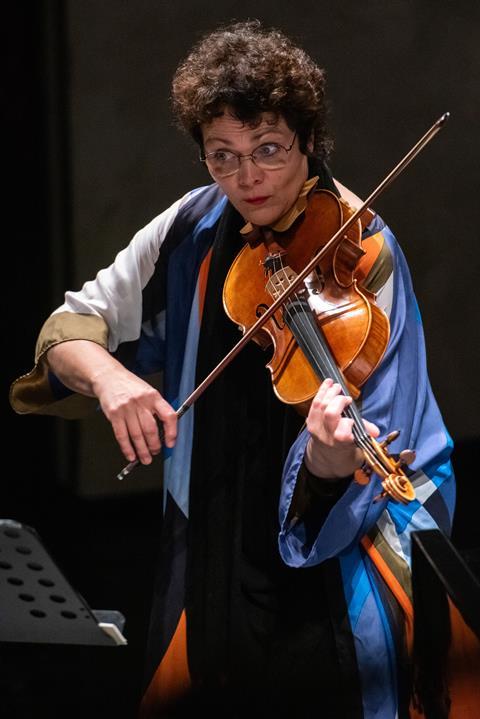
On 1 August I was back at the Teatro dei Rinnovati, for pianist Lilya Zilberstein, violinist Andrej Roszyk and cellist Ettore Pagano’s performance of Haydn’s Trio no.18 in A major and Tchaikovsky’s Trio in A minor op.50. Unlike the concerts I had attended so far, this one unfortunately lacked character and flair. Any vivacity came almost exclusively from the 21-year-old Pagano and was barely reciprocated owing to little communication between the three.
Credit should be given to Pagano, however, for a very well-prepared part, considering he was filling in for his teacher, Antonio Meneses. The Brazilian cellist and Chigiana Academy teacher was diagnosed with cancer a few weeks before, and died on 3 August – Sani made a heartfelt speech at that evening’s concert about the indelible mark Meneses had made on the academy.
Next came the concert I was most anticipating: a string trio performance with Gringolts, violist Lawrence Power and cellist Nicolas Altstaedt. Would it be a clash of A-lister egos, or a bigger-than-the-sum-of-its-parts collaboration between leading talents? It was, without doubt, the latter.
This 2 August concert took place in the Chiesa di San Francesco in the remote village of Asciano. To survive the heat in the packed church we were given fans, and the doors were left open to reveal the sun setting over the Tuscan hills. But the best escape was the performance itself. The programme comprised string trios by Swiss Frank Martin, Czech Gideon Klein, Schoenberg (op.45) and Beethoven (no.1 in E flat major op.3). It is difficult to describe just how mind-blowing this concert was, but I’ll do my best.
In the Martin, the trio’s sound had deep substance and intensity, fuelled by Altstaedt’s powerful and pounding bass-lines. At times, they could’ve been mistaken for a sextet. The folk music-influenced Klein trio was pulled off without a hint of pastiche or lazy imitation. And in the more gestural Schoenberg, the players moved as one organism, and the work’s intentionally ambiguous ending was nothing short of perfect. The Beethoven, although completely different in style from the rest of the programme, didn’t feel an inch out of place. The interpretation brought out colours, phrasings and textures one couldn’t even imagine existed in the score. For their two encores, the trio played short, folk-inspired pieces by Czech Hans Krása and Hungarian-born Sándor Veress.
Throughout the concert, the three players existed in the same sound world while also organically jumping to the foreground when needed. They were intimately responsive to each other, and their sound filled every corner of the church (I changed seats to check). Their playing seemed effortless, but the sweat dripping from Altstaedt’s hair was a reminder of quite the opposite.
At the last concert I attended, on 5 August at the Teatro dei Rinnovati, Tabea Zimmermann played Shostakovich’s Viola Sonata with Zilberstein, following a screening of the 1981 biographical documentary about Shostakovich Sonata for Viola (directed by Semyon Aranovich and Aleksandr Sokurov). The storytelling aspect of Zimmermann’s playing therefore felt fitting. Whatever sound quality the piece demanded, she delivered. She expertly switched between the disciplined and gestural rhythmic fragments in the dance-like second movement; and in the third, her sparing use of vibrato was incredibly effective in building tension. Her declamatory solo passages perfectly balanced grit and beauty of sound.
During a tour of the palazzo on 3 August, my guide mentioned what Count Chigi Saracini used to say about the monumental figures the academy would attract: ‘I don’t need to travel the world because the world comes to me.’ It seems that even a century on, this remains true.
Read: Postcard from Norway: Bergen International Festival
Read: Postcard from Scotland: East Neuk Festival
Discover more Featured Stories like this in The Strad Playing Hub.
Read more premium content for subscribers here
The number one source for playing and teaching books, guides, CDs, calendars and back issues of the magazine.
In The Best of Technique you’ll discover the top playing tips of the world’s leading string players and teachers. It’s packed full of exercises for students, plus examples from the standard repertoire to show you how to integrate the technique into your playing.
The Strad’s Masterclass series brings together the finest string players with some of the greatest string works ever written. Always one of our most popular sections, Masterclass has been an invaluable aid to aspiring soloists, chamber musicians and string teachers since the 1990s.
The Canada Council of the Arts’ Musical Instrument Bank is 40 years old in 2025. This year’s calendar celebrates some its treasures, including four instruments by Antonio Stradivari and priceless works by Montagnana, Gagliano, Pressenda and David Tecchler.

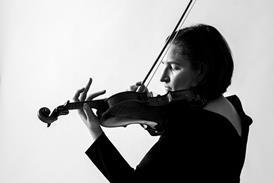
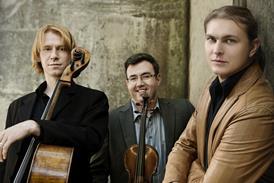

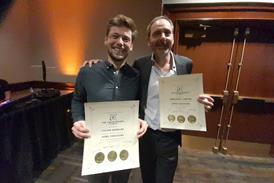

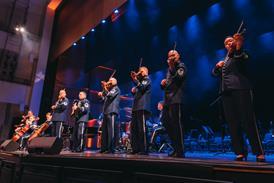
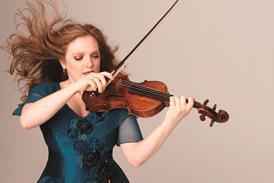

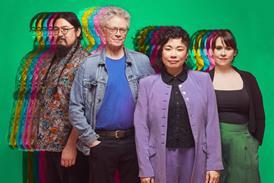





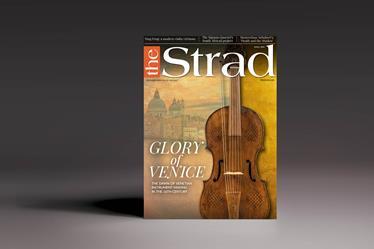



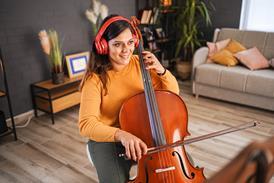





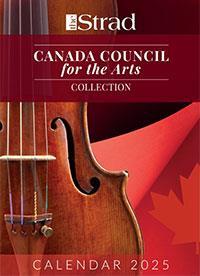












No comments yet